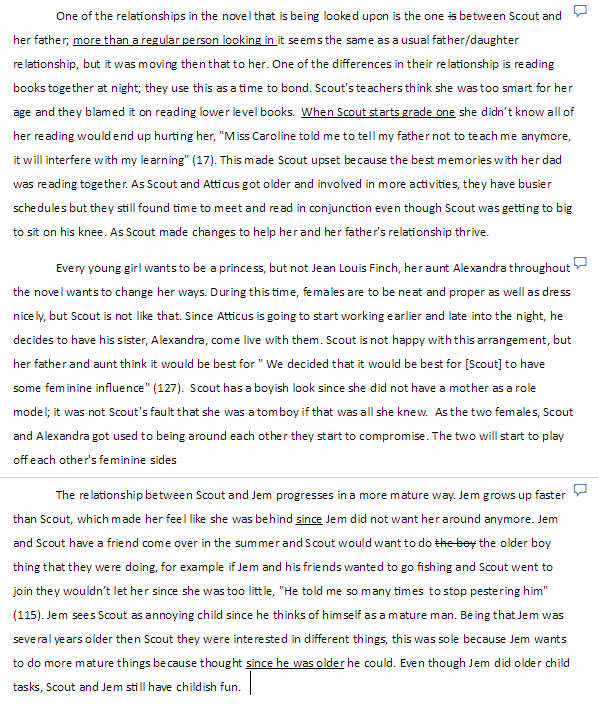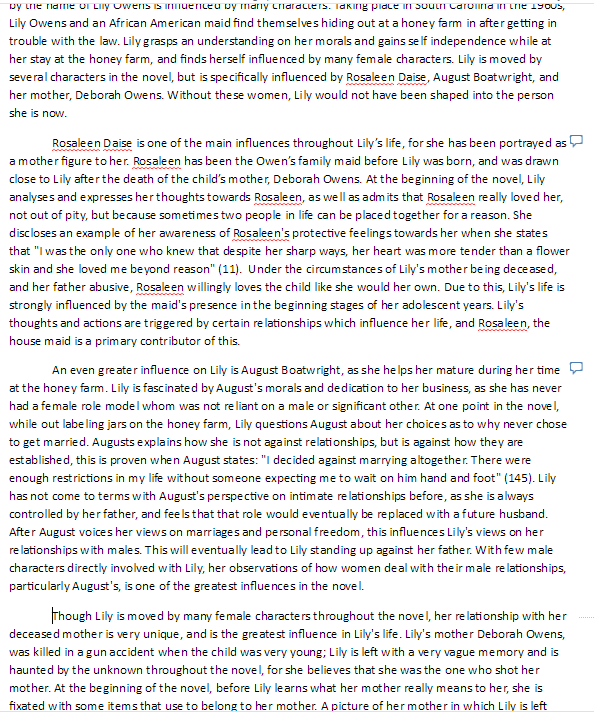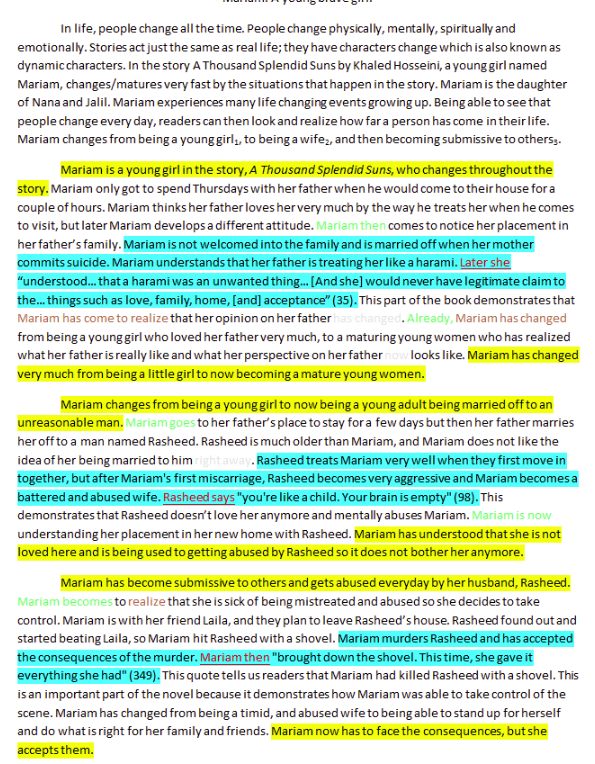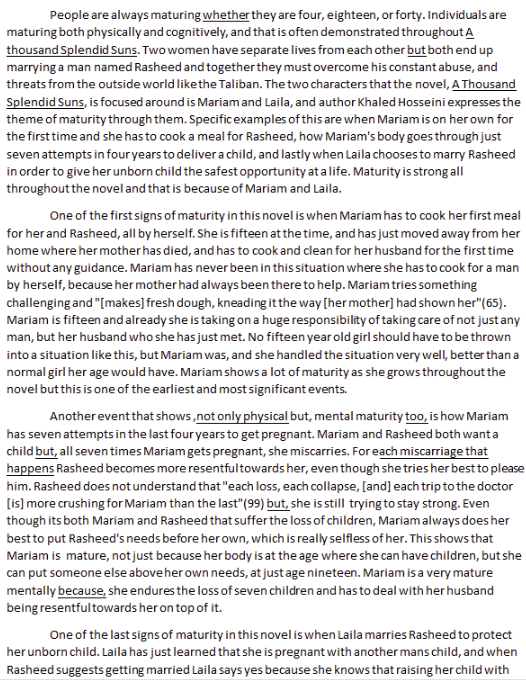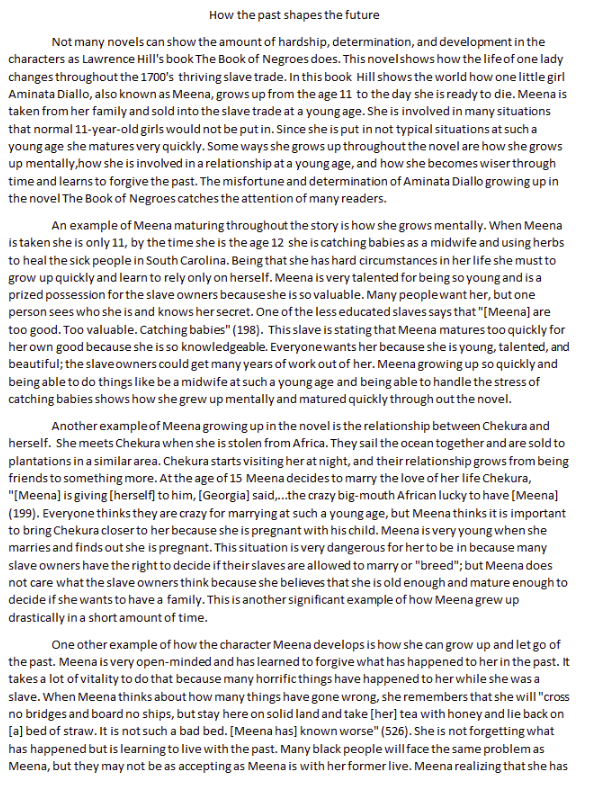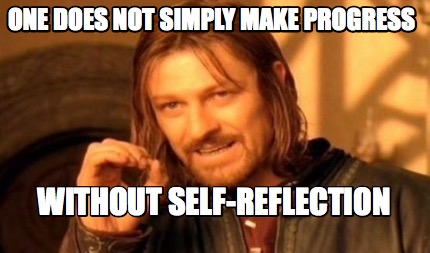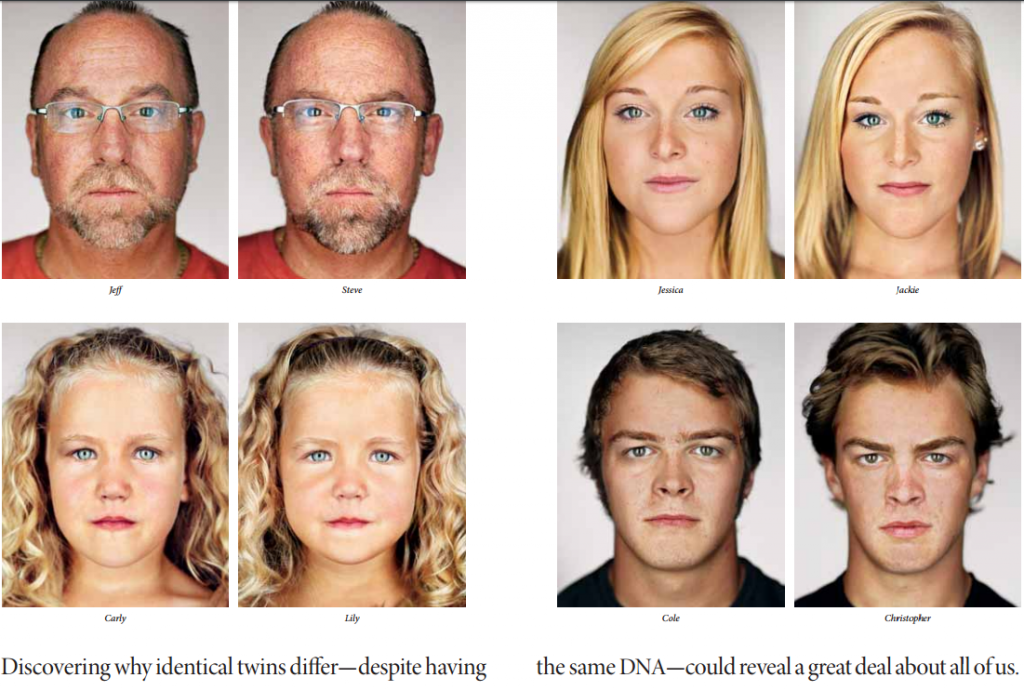ELA B30 Developing Essay Writing Skills – Transitions Between Paragraphs
Some of the basics of developing the typical keyhole essay have been established for you all.![]() We’re able, then, to focus on more advanced and specific elements of developing your essay writing. In particular, many of you can improve how smoothly a reader flows through your writing, more easily following your line of thinking between the paragraphs. To improve this, you must develop stronger transitions between your paragraphs that guide the reader through the parts of your argument and shows the connections between the paragraph ideas.
We’re able, then, to focus on more advanced and specific elements of developing your essay writing. In particular, many of you can improve how smoothly a reader flows through your writing, more easily following your line of thinking between the paragraphs. To improve this, you must develop stronger transitions between your paragraphs that guide the reader through the parts of your argument and shows the connections between the paragraph ideas.
Many of you have developed a strength in writing good topic sentences.
What you must do now is develop the transitions that precede them to link one paragraph idea to the next.
Some essay samples are provided below.
They range in quality of whether they have these transitions between paragraphs. Some are basic/redundant (first, second, third), some miss these transitions entirely and only have topic sentences, while others have developed both the topic sentence and the transition to accompany it. See if you can rate them in order of basic to advanced.
A:
B:
C:
D:
E:
